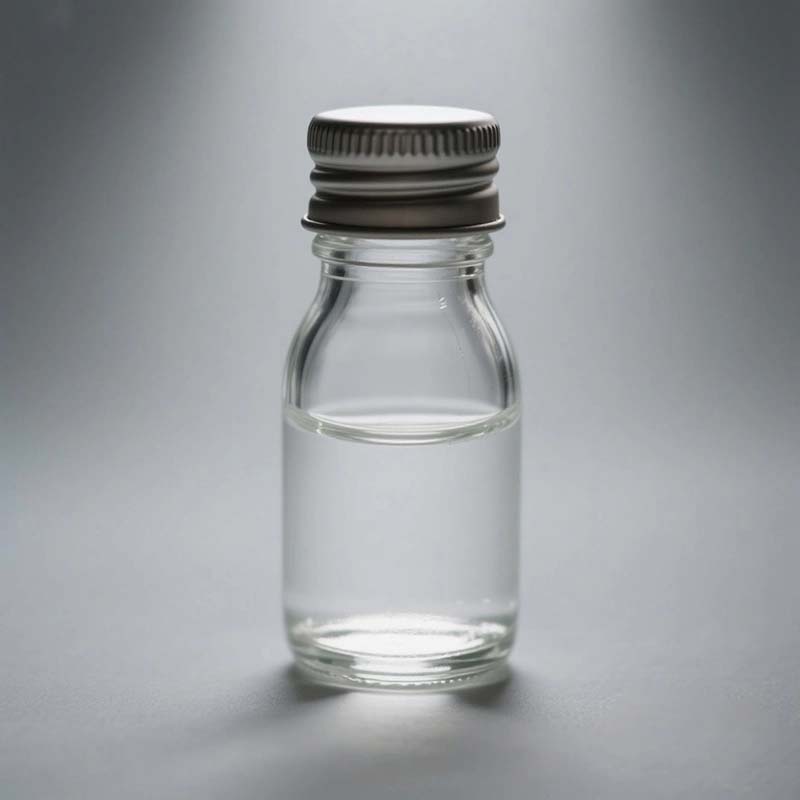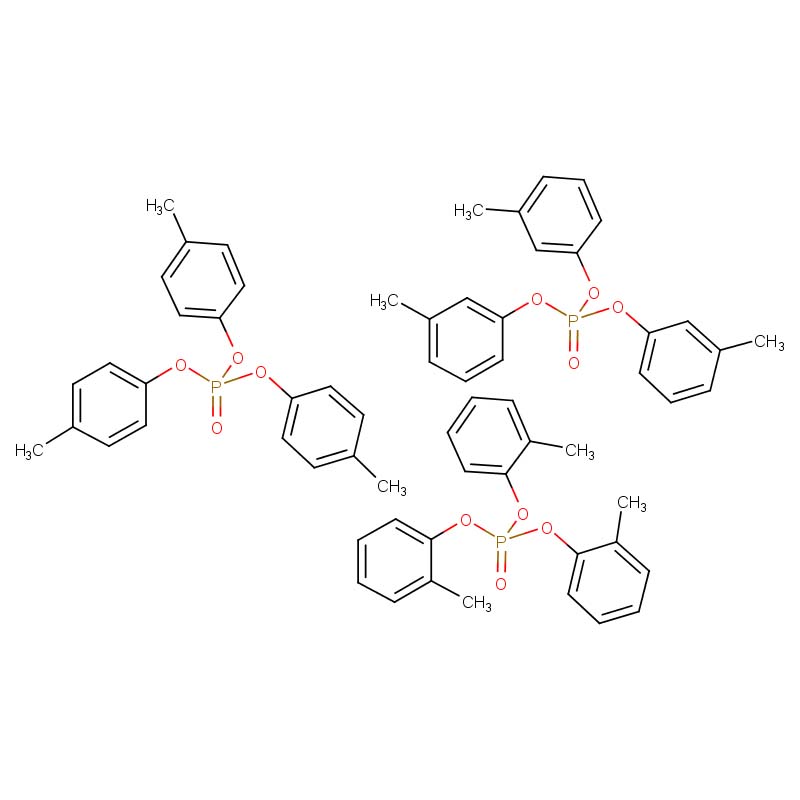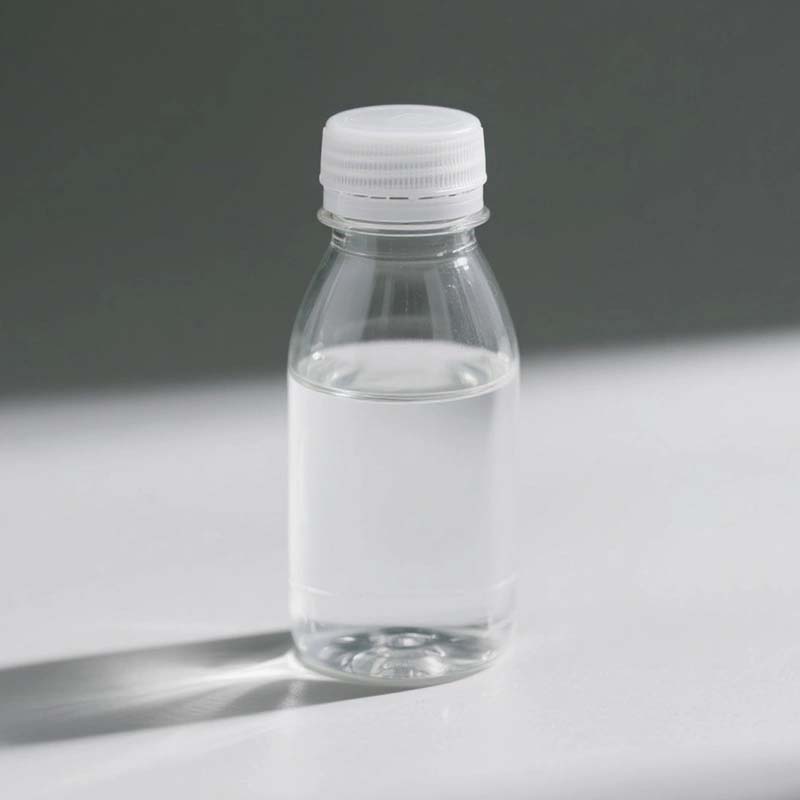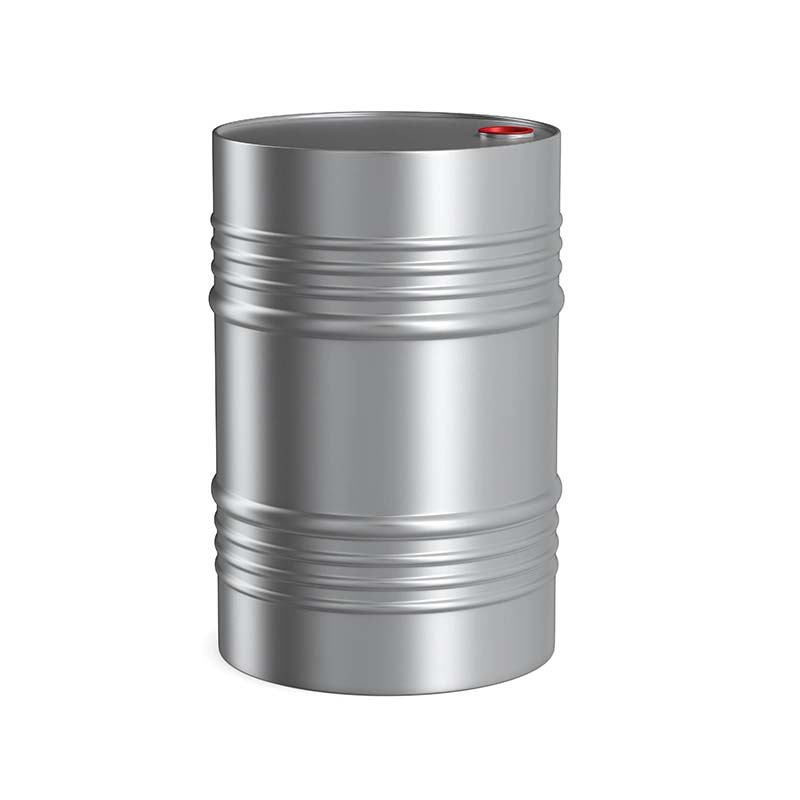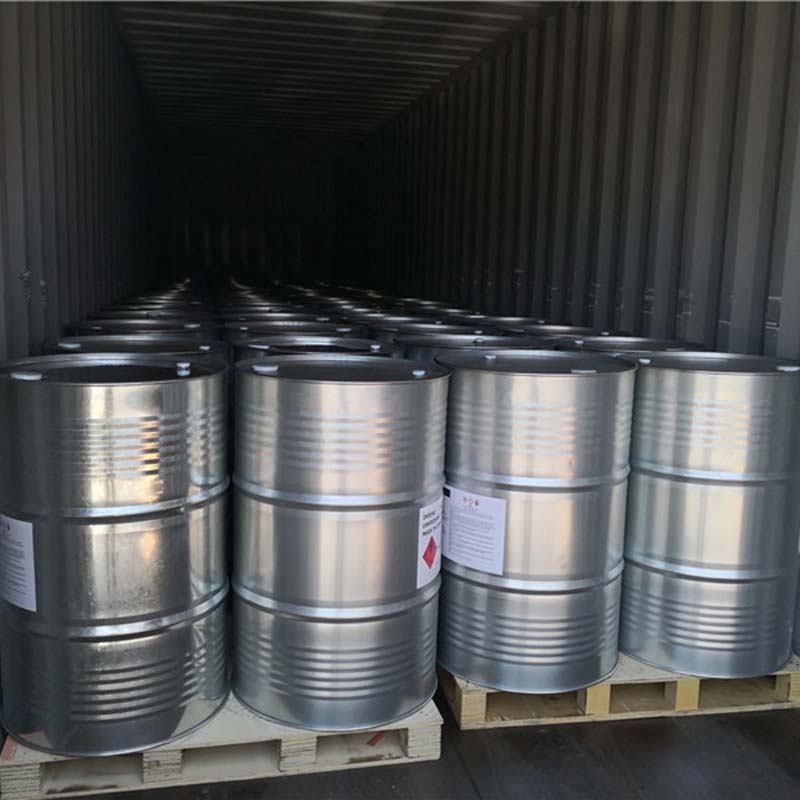Tricresyl Phosphate
Improved Plastic Properties: TCP increases the flexibility, surface hardness, and moisture resistance of plastic materials—especially PVC—leading to enhanced overall performance.
Efficient Phenol Recovery: It facilitates the extraction of residual phenol from wastewater at gas plants, supporting environmental sustainability through improved waste management.
Versatile Industrial Use: Beyond plastics, TCP finds broad application as a component in lubricants, hydraulic fluids, and as a solvent for nitrocellulose, highlighting its multifunctional role.
Chemical Stability: Comprising three isomeric forms, TCP offers adaptable utility across different contexts; the para-isomer occurs as a solid, while the other two isomers are liquid.
Tricresyl Phosphate (TCP) is a chemical mixture with a mildly pungent odor, composed of three structural isomers. While the ortho- and meta-isomers exist in liquid form, the para-isomer presents as a crystalline solid. TCP is synthesized from the reaction of cresol and phosphorus oxychloride using aluminum as a catalyst. It serves both as an agent for recovering phenolic residues from wastewater at gas plants and as a plasticizer in the plastics industry. When incorporated into polymers—especially polyvinyl chloride (PVC) at concentrations up to 50%—TCP improves flexibility, hardness, water resistance, and flame retardancy. However, TCP is highly toxic to humans and animals, with documented risks of neurotoxicity, paralysis, and fatalities resulting from ingestion, inhalation, or dermal exposure.
Parameters
Melting point | <-40°C |
Boiling point | 265 °C10 mm Hg(lit.) |
Density | 1.143 g/mL at 25 °C(lit.) |
Pour Point | -28 |
Vapor pressure | 0.03 mm Hg ( 25 °C) |
Refractive index | n20/D 1.555(lit.) |
Fp | >230 °F |
Storage temp. | Store below +30°C. |
Solubility | organic solvents: miscible(lit.) |
Form | |
Color | White to off-white |
Water Solubility | INSOLUBLE |
Merck | 14,9763 |
Dielectric constant | 4.0(80℃) |
Stability | Stable. Incompatible with strong oxidizing agents. May soften some plastics. Hydrolyzes slowly under alkaline conditions. |
InChIKey | ISNNXHQBIBWQHG-UHFFFAOYSA-N |
LogP | 5.93 |
Surface tension | 40.9mN/m at 20°C |
CAS DataBase Reference | 1330-78-5(CAS DataBase Reference) |
EPA Substance Registry System | Tricresyl phosphate (1330-78-5) |
Safety Information
Hazard Codes | Xn,N,T |
Risk Statements | 21/22-51/53-39/23/24/25-62-50/53 |
Safety Statements | 28-61-45-28A-20/21-60-36/37 |
RIDADR | UN 2574 6.1/PG 2 |
WGK Germany | 2 |
RTECS | TD0175000 |
Autoignition Temperature | 770 °F |
TSCA | Yes |
HS Code | 2919 90 00 |
HazardClass | 6.1 |
PackingGroup | II |
Hazardous Substances Data | 1330-78-5(Hazardous Substances Data) |
Toxicity | cat,LD50,skin,1500mg/kg (1500mg/kg),BEHAVIORAL: ATAXIAPERIPHERAL NERVE AND SENSATION: FLACCID PARALYSIS WITHOUT ANESTHESIA (USUALLY NEUROMUSCULAR BLOCKAGE),Toxicology Letters. Vol. 1000(Sp, |
Tricresyl Phosphate (TCP) serves as a multifunctional additive in vinyl plastics, where it acts as a plasticizer, flame retardant, and as a solvent for nitrocellulose. It is also used in cellulose-based molding compounds, extreme-pressure lubricant additives, and as a fire-resistant hydraulic fluid. Furthermore, TCP functions as a lead scavenger in gasoline and has been applied in the sterilization of certain surgical instruments, as documented in Yust and Bame, U.S. Patent 2,889,212 (1959, assigned to Shell).



